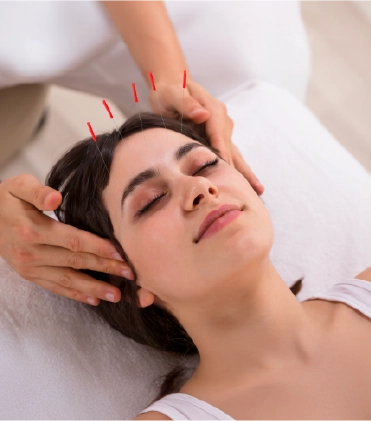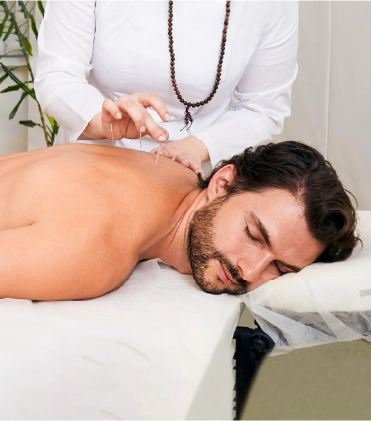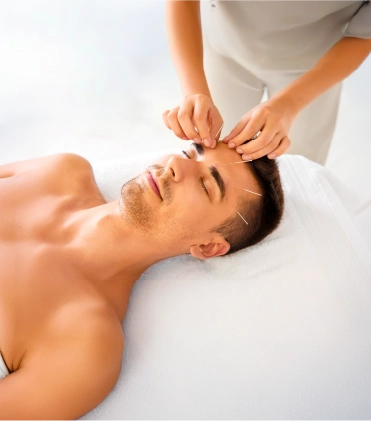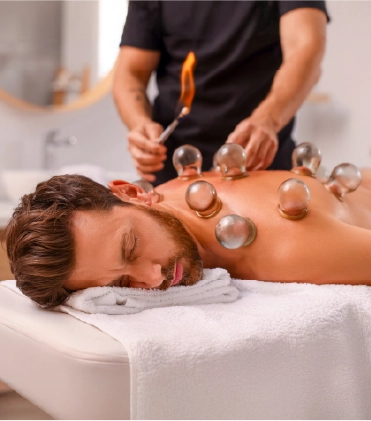What is the treatment?
Pilates is a form of low-intensity exercise in which a therapist works on the individual to improve strength, flexibility, balance, and overall body awareness. Pilates was invented to recover from injury during dance and high-impact movements. But now it is being widely used to deal with other problems. In Pilates exercises, various movements are performed using effective breathing techniques to improve muscle strengthening and tone. It can be performed on a mat or specialized machinery. Pilates is also therapeutic, as it helps people recover from injuries and improves their overall physical and mental well-being.
Philosophy/Origin
Joseph Pilates developed Pilates in the early 20th century. He designed these specialized exercises for soldiers and dancers to recover from injury. Pilates originated in the belief that physical health and mental health are interconnected, so physical exercise should be performed for core strengthening with an alert mind and improved alignment. Pilates is being widely used as a combination treatment of yoga, gymnastics, and physical therapy that offers a holistic approach to wellness.
Physical Benefits
Mental/Emotional Benefits
Long-Term Wellness
Pilates is very beneficial in treating lower back pain and arthritis through slow and gentle movement exercises. It increases the endurance of the individual and provides balance for overall functional fitness. It also encourages regular physical activity which further supports long-term health.
Ideal Audience
Pilates is suitable for people of all fitness levels. It is easy to perform, so individuals of different levels, from beginners to advanced, can benefit from this exercise. It is particularly for individuals who cannot perform high-intensity workouts and are more comfortable performing gentle yet effective forms of exercise.
Specific Conditions
The treatment of Pilates is just like any form of exercise but with more gentle movements. It consists of the following steps
Initial Assessment
The Pilates instructor evaluates the condition of each individual by taking a detailed history to identify the fitness level, goals, and physical limitations. It helps to make an individualized program for each individual to maximize benefits.
Warm-Up
Before starting any type of exercise. It is better to perform gentle stretches and breathing exercises to prepare the body and mind for the session. It also reduces the chances of muscle injury.
Core Exercises
During the session, the therapist guides the individual to focus more on movements that activate the core muscles. These may include a range of exercises, such as planks, bridges, pelvic tilts, cats and cows, the 100, and crisscrossing.
Controlled Movements
All the exercises should be performed with controlled movements. Exercises such as leg lifts, spine stretches, or arm circles are performed with more accuracy to improve strength and flexibility.
Use of Machinery
During Pilates sessions, specialized machinery can also be used like the Reformer or Cadillac to assist in the movement control or intensify the movements.
Cool-Down
The session should end with light movement exercises or stretches to relax muscles and cool down after the session.
Breathing techniques
Breathing techniques are also involved during the performance to allow smooth movements and improve focus and attention towards the session.
What to Expect
People usually feel a combination of physical challenge and relaxation. Movements in Pilates are slow and gentle, that require a focus on form and alignment. During a session, an individual may feel muscle activation in areas that are often not used, such as the deep core or stabilizing muscles. After each session, people experience a feeling of being more aware of their bodies and mind.
Immediate Effects
Long-Term Effects
Before the Treatment
The therapist advised the patient to wear comfortable clothing that prevents restriction of movement and allows for a full range of motion of each joint. It is better to avoid heavy meals before the session as they can create discomfort. It is also best to discuss any type of injury with the therapist before the session.
Aftercare
After the session, the individual should drink plenty of water to help in muscle recovery. After the session, stretching and light movements are performed to prevent stiffness. It is best to perform Pilates exercises daily for maximum benefits that persist for a very long time.
Pilates classes are widely performed in fitness centers and through platforms like Wellencia. It is best to perform these exercises under the supervision of certified instructors who are trained in mat Pilates or equipment-based Pilates to provide safe and effective guidance. Pilates exercises can be performed with an individualized approach and also through group settings for shared practice.









